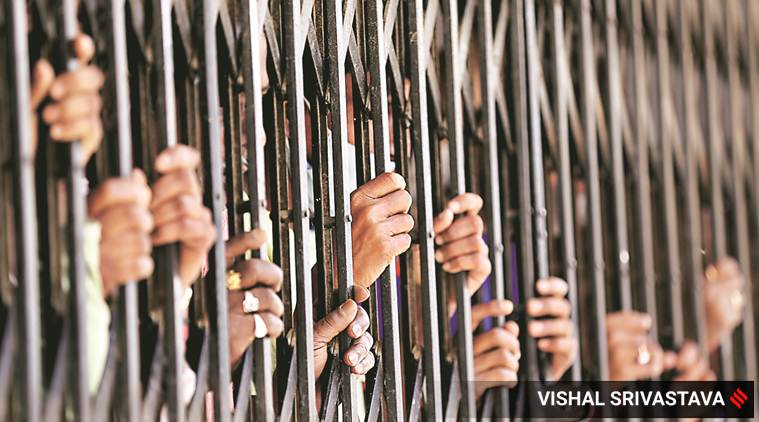The geo-fencing technology creates a virtual fence for a particular area and tracks a device, which is a cell phone in this case. If the device breaches that virtual fence, an alert is generated in the system.
The Osmanabad District Police has started using geo-fencing technology to monitor people who have been ordered to be quarantined either at home or at an institution.
The geo-fencing technology creates a virtual fence for a particular area and tracks a device, which is a cell phone in this case. If the device breaches that virtual fence, an alert is generated in the system.
Osmanabad district has till now reported three positive cases of coronavirus and the district administration has ordered over 300 persons to be in quarantine — either at home or in government facilities. Nearly 700 more have been advised to remain at home as a precautionary measure. Osmanabad District Police, which has the responsibility of tracking the quarantined persons, has, since the last four days, started a system based on geo-fencing technology in collaboration with a private entity.
Speaking to The Indian Express, Osmanabad District Superintendent of Police Raj Tilak Raushan said, “With the help of the technology, a small area around the designated location of the quarantined person is marked as the virtual fence. This system requires the consent of the person being tracked, because we are ultimately tracking the cell phone. If the person breaches the marked area, an alert is generated on our system and we can initiate action by alerting the local police teams.”
The Indian Express had reported that as many as 15 members from a family in Mumbai, who were ordered to remain in home quarantine in Osmanabad district, were caught in Pune while heading for Mumbai on Wednesday.
They were later quarantined in a government facility in Vadgaon Maval in Pune.
Raushan said the incident acted a trigger to look for technology-based solutions for tracking home-quarantined persons. The geo-fencing system is different than the Maharashtra Home Quarantine Tracking System, in which the person is required to download an application on their phone and submit regular updates about the status. Raushan said geo-fencing can even work in rural areas, where people often have basic phones in which apps can’t be installed.
The system, however, still has a loophole as the person being tracked can always leave the phone behind and breach the fencing limits. This loophole can be covered with the help of routine checks by local police machinery.
? The Indian Express is now on Telegram. Click here to join our channel (@indianexpress) and stay updated with the latest headlines
For all the latest Pune News, download Indian Express App.
Source: Read Full Article





